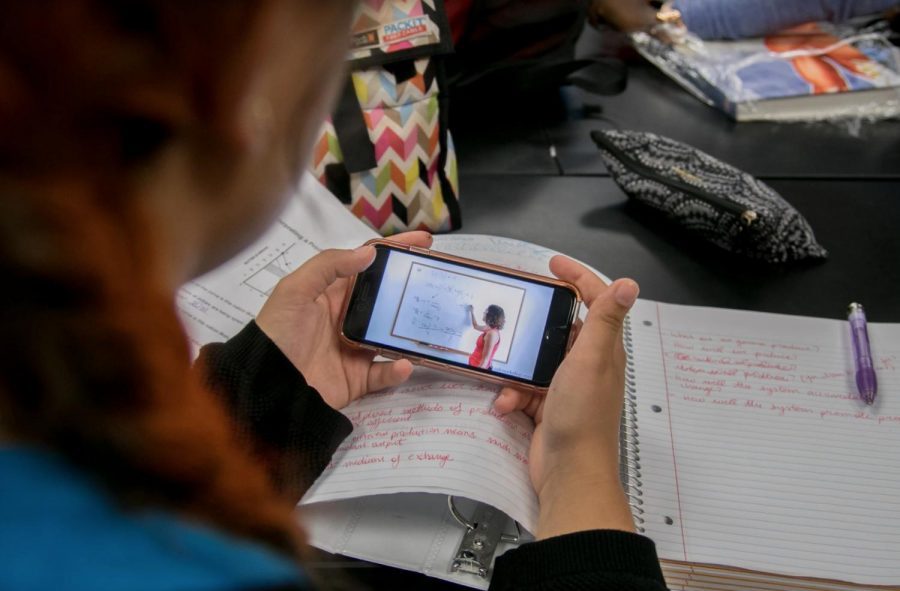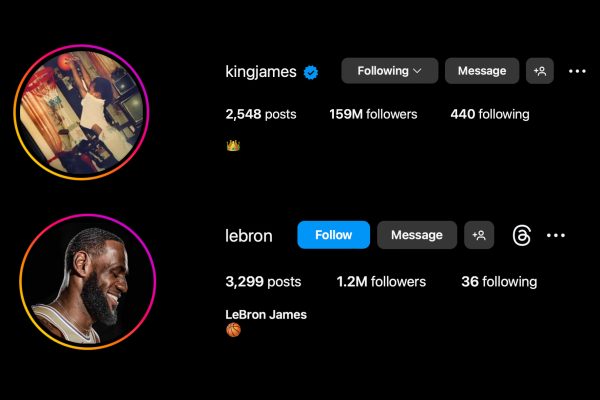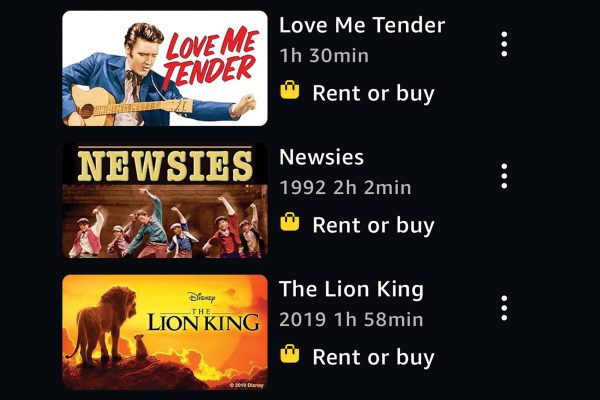Flipping out
Unorthodox classrooms are sweeping the nation’s school systems
September 11, 2017
Sit in class. Take notes on the lecture. Go home. Do homework for hours. Repeat. This is the life of most students, leaving out extracurricular activities. However, for the few that get to be enrolled in a flipped classroom, their schedule is completely different.
Instead of the teacher lecturing in class and assigning work to complete at home, the teacher puts up video lectures for students to watch at home. Students come back to school the next day to do work while the teacher is available to answer questions on-hand.
Teachers pick this method over the original method to help make work easier on students who learn at different paces and to cut down on the hours students spend doing homework. Overall, this helps students be less stressed and more successful in the classroom.
“I noticed that some of my students were bored out of their minds learning about something they weren’t particularly interested in, so myself and some colleagues got together and realized that we had to do something to change this,” science teacher Jaclyn Pessel said. “I have been using this style six out of the ten years I’ve been a teacher. I get to see the students take accountability for their learning and see how proud they are when they accomplish work and understand it.”
In a 2012 survey taken by the Flipped Learning Network on 450 educators, 67 percent reported higher test scores from their students when they flipped their classrooms.
Likewise, 80 percent said that their students’ attitudes have improved. Eighty percent of teachers said that they are more content with their job satisfaction since flipping their classrooms and 99 percent said they would flip them again the following school year. Numbers like this show that flipped classrooms have been proven to benefit both students and teachers.
Students are all different and there are no two students who learn at the exact same pace or who have the exact same time to get homework completed. Flipped classes recognize this and help stop any student from getting left behind in their school work. In a flipped class, students are given a certain amount of time to watch the assigned video lectures and complete the in class assignments.
This system allows some students to run through their videos and assignments as they have the time and feel up to the challenge and others to take their time and get other work done as well. Likewise, in class, students who learn at a slower pace can get one-on-one help from the teacher and not feel pressured by the eyes of the class and restricted time.
“The teaching style is something new to me, but I like it because I get to do things at my own pace,” junior Helen Tran said. “Of course there is a deadline that we are given but being able to do it wherever is cool. If I get stuck, I can always ask the teacher. It’s different because you don’t have a teacher standing in front of the class giving a lecture about the topic; instead, you are watching or reading about the topic and then asking questions if you need help.”




















